BERRIES ARE TOTALLY LIKE AWESOME HEALTHY FOR YOU!!!!!!!!!
At least that’s what we hear from the medical establishment.
And unlike their advice on saturated fat (which is actually good for you), whole grains (which are actually bad for you) and vaccinations (which are poorly tested and have been linked to many issues in children), I actually believe the doctors when it comes to berries.
Berries are usually less sweet than many other fruits and are simultaneously loaded with antioxidants. (As a quick aside, when I talk about “berries” in this article, I’m talking about small fruit… not the botanically correct definition of a “berry” which includes everything from oranges to bananas.)
The thing is, when most of us think about berries, we usually only consider strawberries, blueberries, raspberries and blackberries.
It’s time to branch out! There are hundreds of berries (at least) that will grow across North America, many of which taste good and have major health benefits. They also have the additional benefit of being “unknown” foods you can hide in plain site. Ready to check out a few easy to grow berries? Let’s go!
Goumi Berries
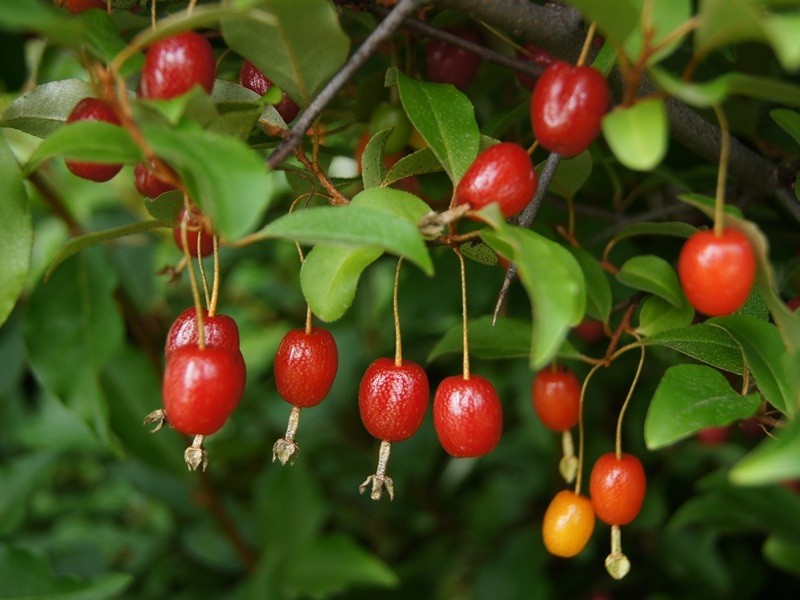
I love these things.
Goumis have sweet-tart fruit and suffer from very few pest or disease problems. They have the additional benefit of fixing nitrogen, which makes them a great companion plant for your larger fruit trees.
Goumis are also an attractive shrub and could easily be planted as a hedge.
Goumi berries also have a cousin known as the Autumn Olive, which is another excellent berry plant and nitrogen fixer which will handle terrible soil in less-than-ideal conditions.
USDA Growing Zone: 4-8 (though I’m growing it on the border of 9 without trouble)
Currants
Currants like it cold! There are many species inside this family, though white, red and black currants seem to be the most common in cultivation.
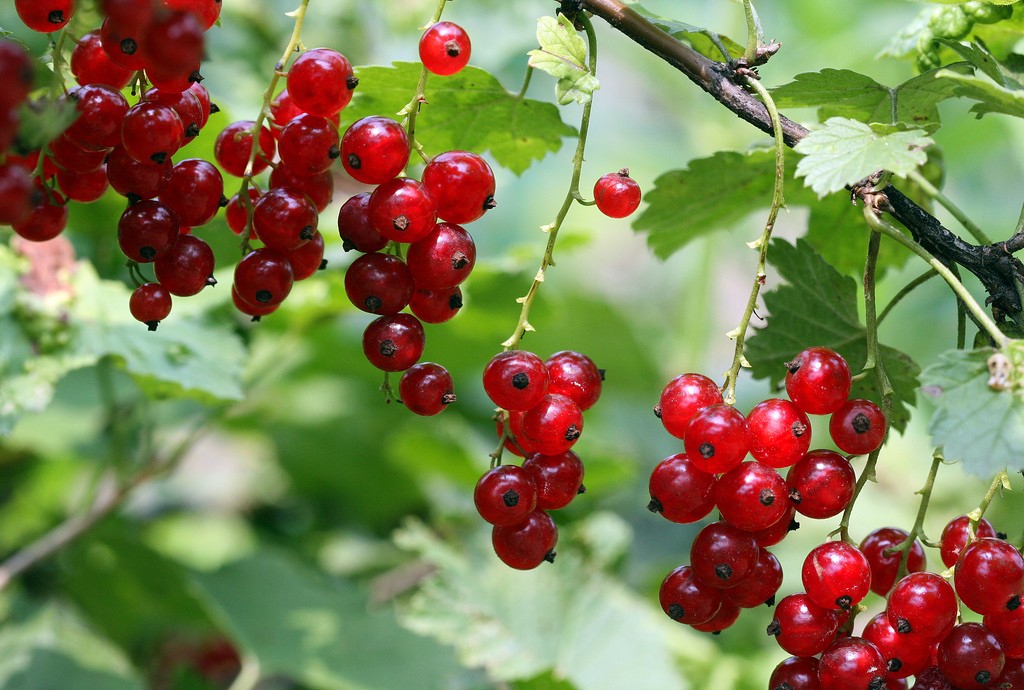
I can’t grow them down here in Florida, but if I lived anywhere from Tennessee on north, I’d definitely be planting this delicious and versatile berry all over my food forest. Pies… jelly… wine… mmm.
USDA Growing Zone: Likely 2-8, depending on species
Elderberries
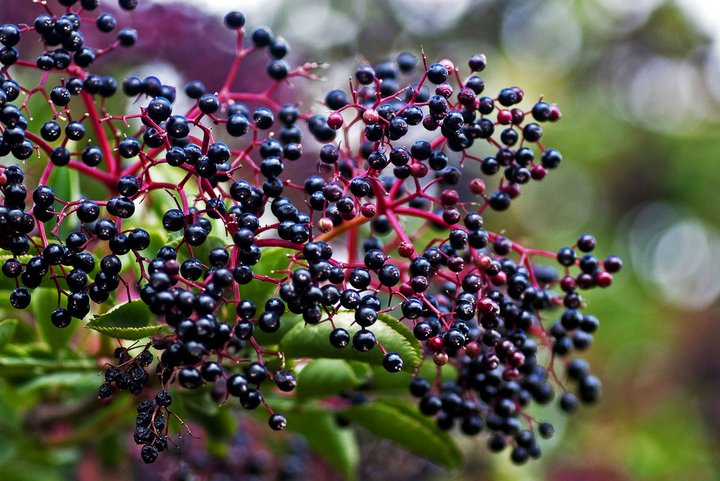
Most everyone has heard of elderberries, though it’s rarer to find folks that have actually harvested or eaten them.
Elderberries usually aren’t quite a shrub and they aren’t quite a tree. They usually like wet areas and forest edges. There are multiple types that grow in the US, so make sure you know what you’re eating before you eat them. Unripe fruit are poisonous, as are the leaves. They’re also much better dried or processed than they are fresh.
Around the corner from me there’s a big patch of wild ones so I haven’t had to plant many in my own yard. Bonus: They can cure the flu. No lie.
USDA Growing Zone: 3-9
Wild Blueberries
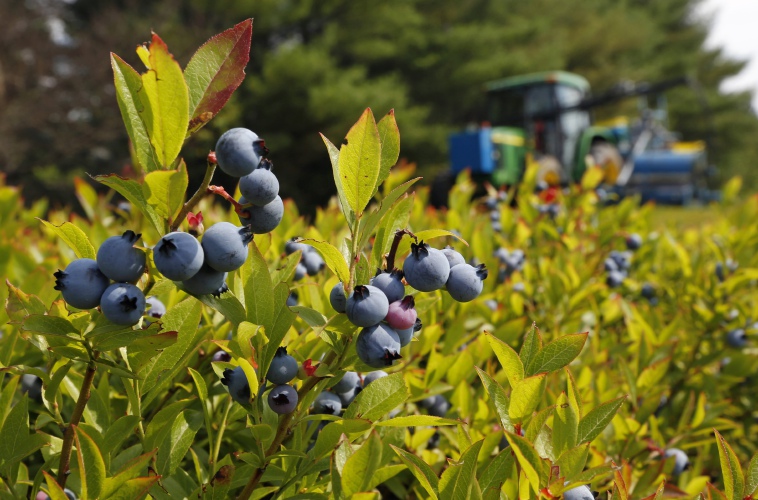
Haven’t had much luck growing cultivated blueberries? Maybe it’s time to go wild.
Though they also tend to like acid soils, wild blueberries are often more tolerant of harsh conditions compared to their pampered relatives at the local U-Pick. Your blueberry varieties are going to vary according to your location but there are many types that grow across the states. Look up your local native plant nursery and see what you can find.
USDA Growing Zone: 3 – 9 (varies according to species)
Surinam Cherries
So… you live in USDA Zone 9 or further south and you’re feeling left out on the berry action? Fear not… there are plenty of berry options available. One of my personal favorites is the Surinam cherry. Check this out:
Surinam cherries may not like the cold, but they do grow rapidly and produce heavily in the right climate. In my home town of Ft. Lauderdale they were often planted as hedges, though the fruit on the landscape types isn’t nearly as good as the dark-fruited improved varieties. When fresh, Surinam cherries can have a “varnishy” flavor. Cut them in half and let them sit in the fridge for a while and they’ll lose the volatile oils and sweeten up. The plant is often bush-sized but can be trained up into a small tree.
USDA Growing Zone: 9-11 (could be tried further north as a potted plant)
Mulberries
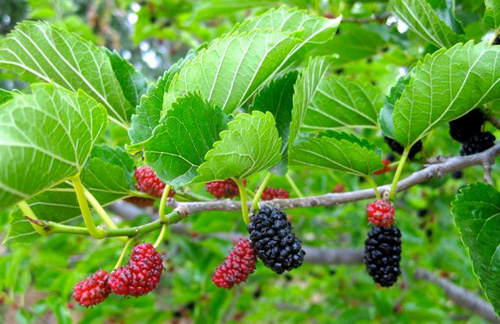
You already know how I feel about mulberries.
I find them to be the very best producer and the least amount of work of any berry I’ve ever grown. They also range in type from long-fruited “Pakistani” cultivars to everbearing, to black, to white, to dwarf, to large native red types.
Lots of variety and they’re all easy to grow.
USDA Growing Zone: 3-11 (varies by species)
Nanking Cherries
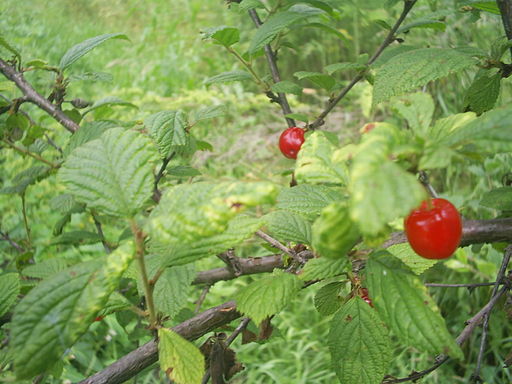
When I was in Tennessee, I planted a pair of Nanking cherries and greatly enjoyed their tart fruit.
More of a shrub than a tree, the Nanking cherry is a tough little bush that bears sour cherries which make excellent jams, pies and cobbler. They can also be dried and added to trail mixes.
USDA Growing Zone: 3-8 (Some sites claim 9 or 10 but I find no follow-up information backing that assertion)
Chokeberries
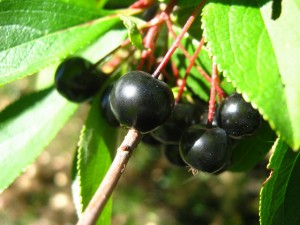
Despite their terrible name, chokeberries (Aronia) are a good berry plant. Though named because of their astringent taste, the berries are reported to be excellent when processed. I haven’t been able to try them in my food forest yet, but they’re now on the short list.
This homesteading chick has a nice article on harvesting them.
USDA Growing Zone: 3-9
Oregon Grape Holly
I first tasted Oregon grape holly (a Mahonia species) berries a few weeks ago. They were sour but tasty and I could tell they’d make some great preserves. As an additional bonus, they’re very ornamental. Don’t you want to grow one of these?
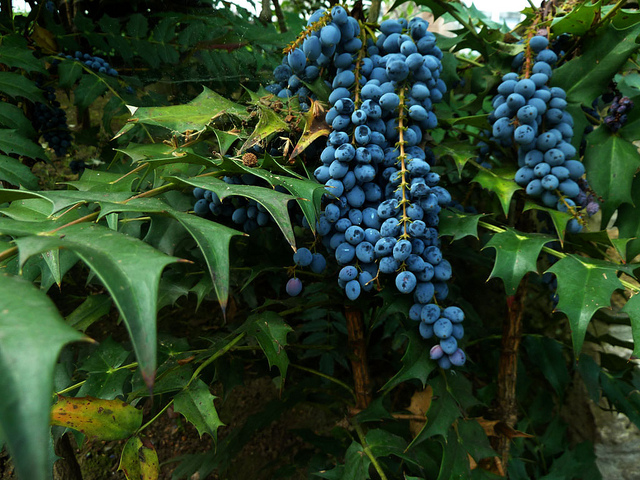
There are a variety of mahonias (sometimes called “holly grape”) most of which are simply grown as ornamentals. The native Oregon type (Mahonia aquifolium) is my favorite, since it’s both a native and a highly productive edible.
One very exciting fact about this plant: it grows in the shade. That makes it one of the very few fruiting species that can handle being under the canopy of a tree. If you haven’t been able to grow berries because of shade, here’s your chance. This ability to handle low sunlight also makes the mahonias a good addition to a food forest. Just watch the pointy edges.
USDA Growing Zone: 5-9
Are you excited about berries yet? You should be! There’s a whole world of easy to grow berries out there waiting for you to try… start hunting, planting and growing berries you’ve never tasted. The rewards are berry worthwhile.

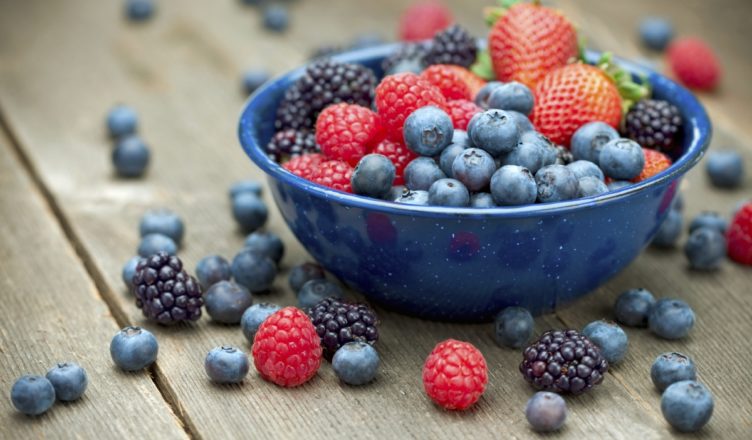




Just FYI:
Oregon Grape is considered poisonous. While not (generally) deadly poisonous, it is widely known to cause gastrointestinal distress in MOST PEOPLE, severe in some — possibly vomit inducing. Every true outdoorsman/nature buff knows that Oregon Grape is to be avoided.